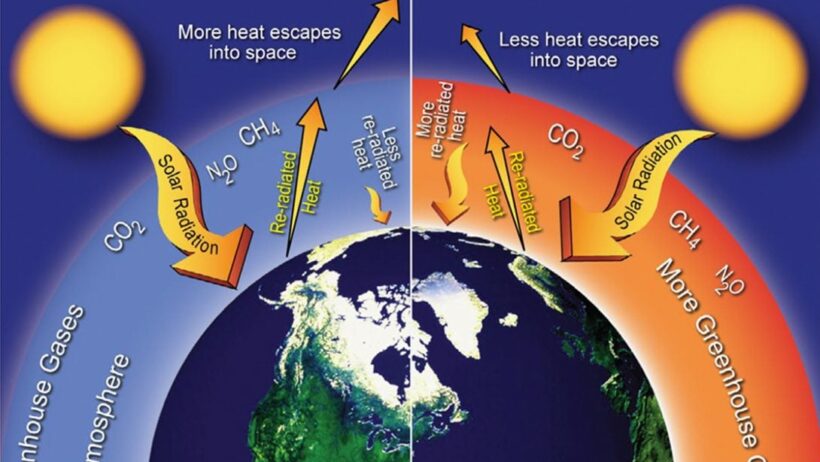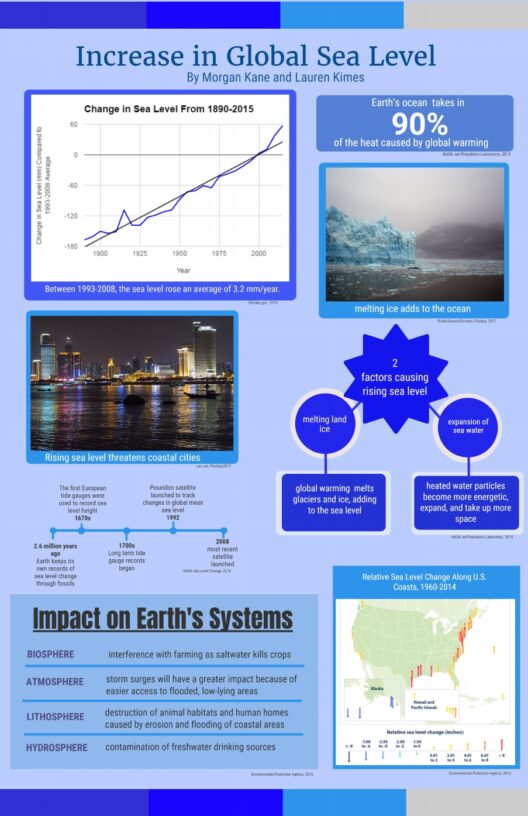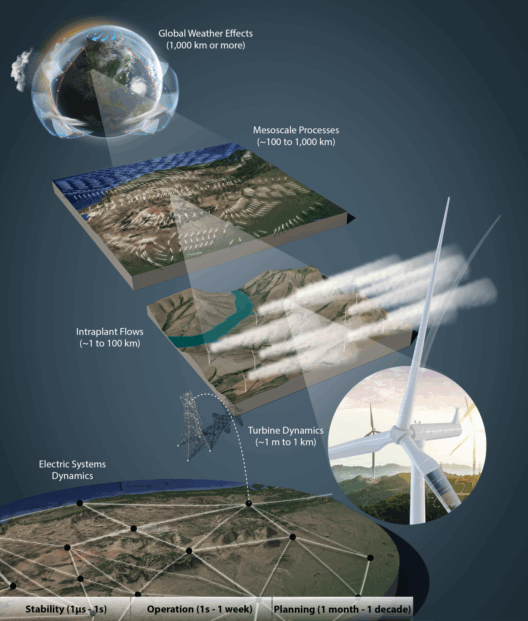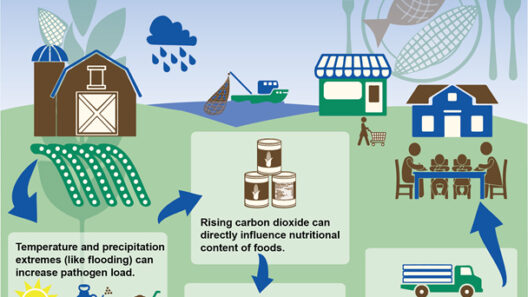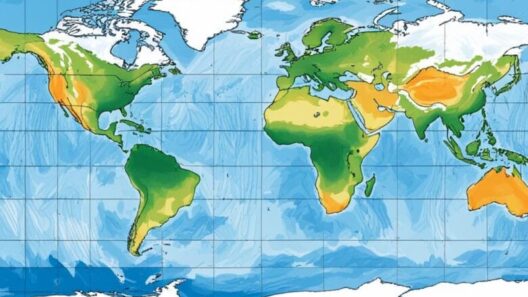Understanding the intricacies of greenhouse gases is paramount in tackling the evolving climate crisis. The most notorious among these gases is carbon dioxide (CO2), often heralded as the primary culprit in climate change. However, the narrative surrounding greenhouse gases is multifaceted, encompassing a variety of substances that contribute to atmospheric warming. This exploration of the main greenhouse gas not only elucidates its origins and impacts but also invites contemplation on the interplay between human activity and the environment.
Unraveling the Carbon Dioxide Supremacy
Carbon dioxide, a colorless and odorless gas, is a natural component of Earth’s atmosphere. In the grand scheme of natural processes, it plays a critical role in the carbon cycle, a foundational element that sustains life. Plants absorb CO2 during photosynthesis, converting it into energy and releasing oxygen in return. Despite its natural abundance, human activities have dramatically escalated CO2 levels in recent decades, primarily due to the burning of fossil fuels such as coal, oil, and natural gas.
The industrial revolution marked a pivotal moment in this era, acting as a catalyst for unprecedented increments in CO2 emissions. As factories churned out products, and automobiles began to dominate transportation, carbon emissions surged, raising alarms among scientists and environmentalists alike. The outcome? A discernible increase in atmospheric temperatures, leading to catastrophic climatic shifts.
For decades, scientists have painstakingly tracked the annual rise in CO2 concentrations, each increment serving as a stark reminder of the human propensity to exploit natural resources at the peril of the planet. The consequential effect is a thickening blanket of greenhouse gases that traps heat within the Earth’s atmosphere. The implications of this phenomenon are profound, leading to altered weather patterns, devastating droughts, unprecedented flooding, and the chronic threats posed to global biodiversity.
Beyond Carbon: The Role of Other Greenhouse Gases
While carbon dioxide reigns supreme, it is imperative to recognize the significance of other greenhouse gases that augment the warming effect. Methane (CH4) and nitrous oxide (N2O), for example, have garnered attention for their powerful, albeit shorter-lived, heat-trapping capabilities. Methane, with its ability to trap heat more effectively than CO2—approximately 28 times over a century—emerges predominantly from agricultural practices, livestock digestion, and the decay of organic waste in landfills.
In an era where food production and waste management are paramount concerns, the reduction of methane emissions presents an opportunity for immediate climate action. Innovations in farming practices and waste management solutions can catalyze a significant reduction in methane’s atmospheric presence. Communities pioneering these changes can not only contribute to global efforts against climate change but can also inspire larger shifts in societal norms and behaviors.
Nitrous oxide, another critical player, is emitted largely from agricultural and industrial activities, as well as during combustion of fossil fuels and solid waste. While less abundant than CO2, N2O packs a punch with a heat-trapping potential nearly 298 times that of carbon dioxide over the same period. The pathway to mitigating nitrous oxide emissions begins with sustainable farming practices and reducing reliance on synthetic fertilizers, which contribute to its proliferation.
The Interconnectedness of Greenhouse Gases and Climate Systems
A closer examination of greenhouse gases reveals a web of interconnections that complicate mitigation efforts. The increasing concentrations of CO2 provoke trends that exacerbate the release of other greenhouse gases. For example, warming temperatures induce permafrost thawing, releasing trapped methane into the atmosphere—a feedback loop that accelerates our climate crisis. This complexity underscores the urgency for holistic solutions that address not only carbon emissions but the multifaceted relations between various gases.
Climate Change: A Moral Imperative
Ultimately, addressing the greenhouse gas dilemma invites us to reconsider our relationship with the environment. It challenges nations, corporations, and individuals to align their policies and practices with the urgent necessity of reducing emissions. Transitioning to renewable energy sources, enhancing energy efficiency, and fostering sustainable agricultural practices can collectively shift the narrative towards a more resilient planet.
The call to action is clear: A radical culture shift emphasizing sustainability and stewardship of the Earth is indispensable. It commands an engagement that transcends political borders and societal norms. Education and awareness foster informed communities that can rally for change and promote innovative solutions in the face of this existential threat.
As we grapple with the reality of climate change, the discourse around greenhouse gases continues to evolve. Carbon dioxide may dominate headlines, but it is crucial to regard the diverse array of greenhouse gases and their interactions to form a comprehensive strategy for climate action. Through comprehension and cooperation, we can aspire to mitigate the impact of these gases and forge a sustainable future for generations to come.



